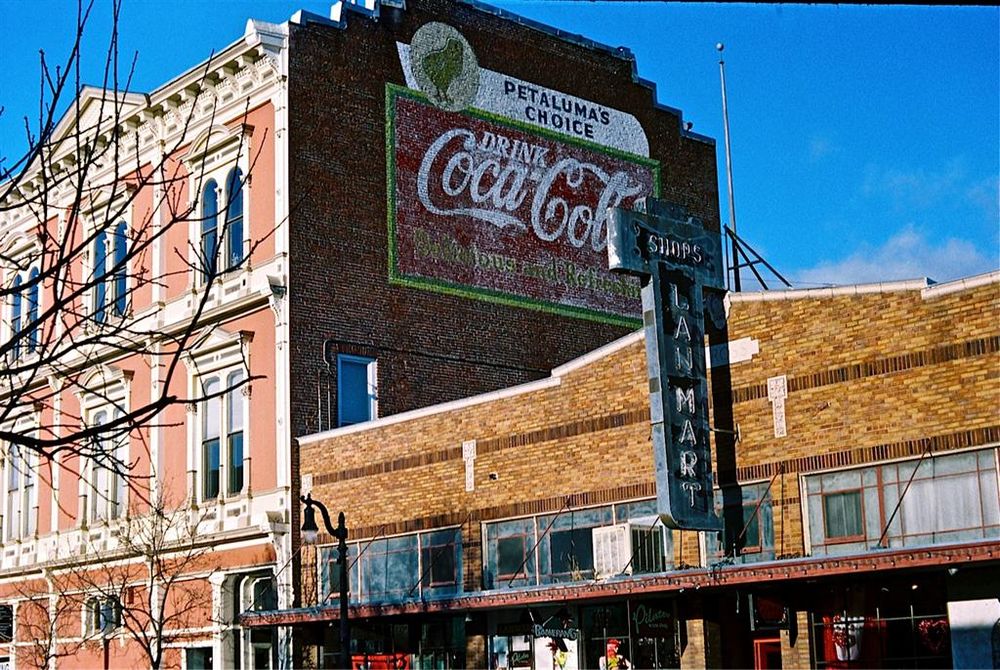Thanks for all your advice. I don't have a scanner (I live on a 40' boat), but tried it w/a friend's scanner & Photoshop & no matter what we tried the colors looked "helped" to my eye.
Just an additional recommendation to my posting above (and my recommendation to use slide film for this subject):
Make yourself free from the "digitilisation constraint". Scanning film is only
one option of several options. And in most cases it is the worst option.
You always loose resolution (even drum scanners are not able to get the full resolution from modern films; but optical printing and slide projection can do that).
Most scanners intensify filmgrain by scanner noise.
You need excellent color management to get the colors right (with slide film this is much easier because you always have your slide as color reference; a color negative can not serve as a color reference).
And using a high resolution photographic medium like film, and then watching it on a computer monitor with its extremely low resolution of only about 1 MP? It makes absolutely no sense.
So simplify your photographic life and make things as easy as possible:
A slide on a lightable (with daylight color temperature) will give you the right color. No further work needed.
With an excellent slide loupe, e.g. from Schneider or Rodenstock
http://www.schneider-kreuznach.com/foto_e/zubehoer_lupen.htm
http://www.rodenstock-photo.com/en/main/products/magnifiers/aspherical-magnifiers/
you get the best image quality. Best resolution and sharpness, no grain visible, and almost a 3 dimensional effect.
Same is of course valid for slide projection, if you want your pictures in the biggest and most impressive way.
As soon as you have your tulip farm shots the first time on slide film, and then watch the picture with an excellent slide loupe on a lighttable and in projection, you will never again think about scanned color negativ film.
Two completely different worlds quality wise.
Cheers, Jan









